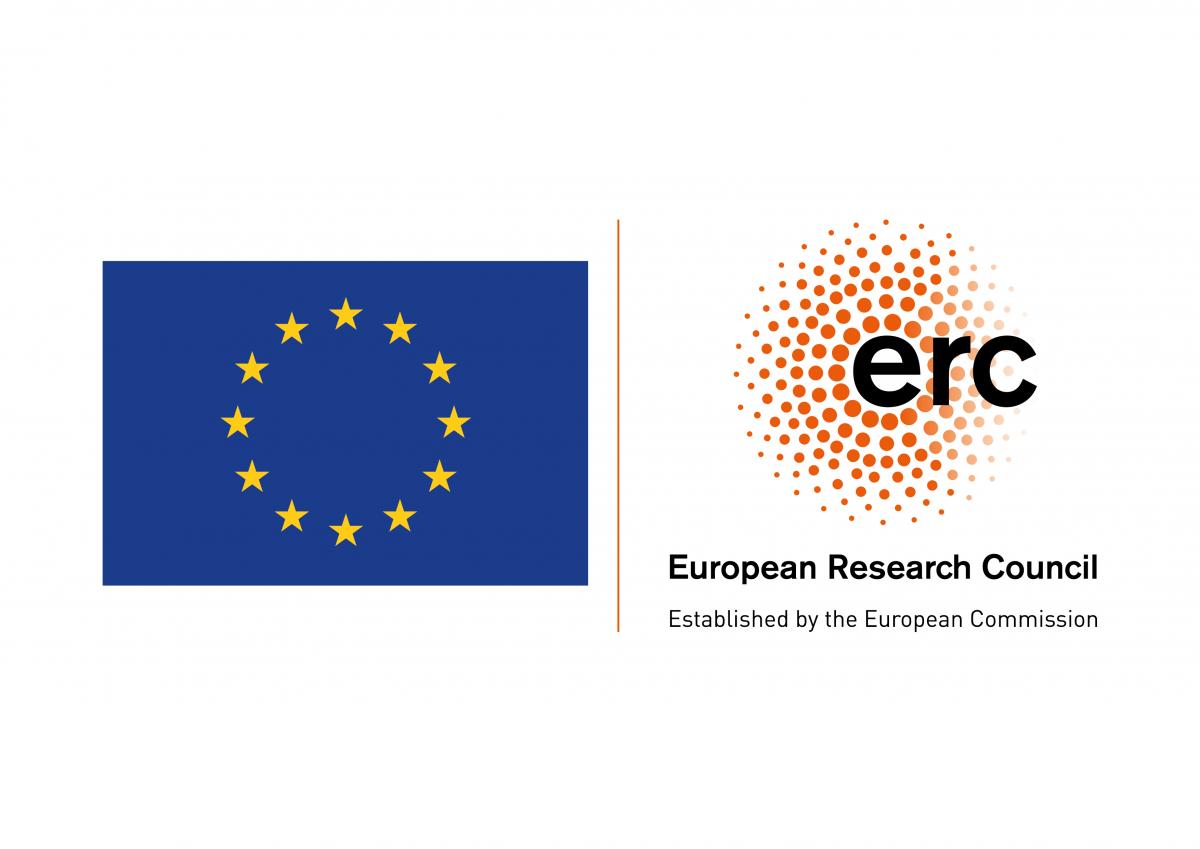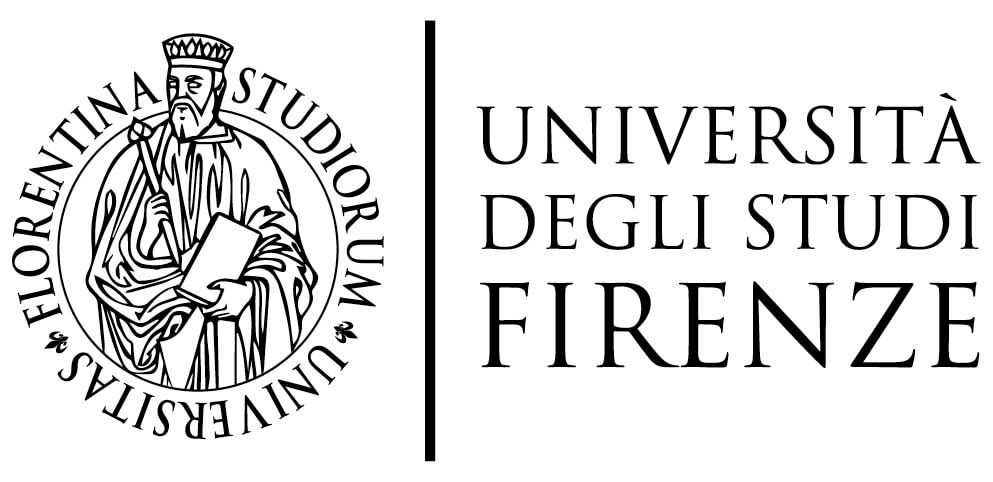SA2.4
Colini, A.M. (1944), Storia e topografia del Celio nell’antichità, Atti della Pontificia Accademia Romana di Archeologia, serie III, Memorie, 7. Vatican City, Tipografia Poliglotta Vaticana.
Liverani P. (2004) L’area lateranense in età tardoantica e le origini del Patriarchio, Mélanges de l'École Française de Rome, Antiquité 116, 1: 17-49.
Scrinari, V. (1969), Scavi sotto Sala Mazzoni all’Ospedale di S. Giovanni in Roma. Relazione preliminare, Rendiconti. Atti della Pontificia Accademia Romana di Archeologia, Serie III, XLI, Anno Accademico 1968-1969: 167-189.
Scrinari, V. (1995), Il Laterano imperiale. II. Dagli Horti Domitiae alla Cappella Cristiana, Pontificio Istituto di Archeologia Cristiana.
Aknowledgements
We wish to thank first and foremost colleagues at the Soprintendenza Speciale di Roma (Simona Morretta) and at the Azienda Ospedaliera San Giovanni Addolorata (Francesco Pontoriero, Maria Luisa Velardi,Cinzia Martini, Silvia Carrubba) for facilitating access to the structures.
We wish to thank Luigia Attilia and Antonella Ferrero of the Archivio ADA at Palazzo Altemps for facilitating access to Scrinari's archive.
- Archival research: Thea Ravasi, Paolo Liverani, Francesca Carboni
- Structural Analysis: Thea Ravasi, David Heslop, Beatrice Fochetti, Sofia Vagnuzzi, Valentina
- Database input: David Heslop and Denise Heslop
- Site interpretation and phasing: Thea Ravasi
- Scanning and data processing: Steve Kay, Elena Pomar, Alex Turner
- Mortar analysis: Mauro La Russa, Luciana Randazzo, Thea Ravasi, Sofia Vagnuzzi
- Dolia Analysis: Mauro La Russa, Luciana Randazzo, Thea Ravasi, Valentina Pescari
Thea Ravasi (Last update 01/11/2023)








